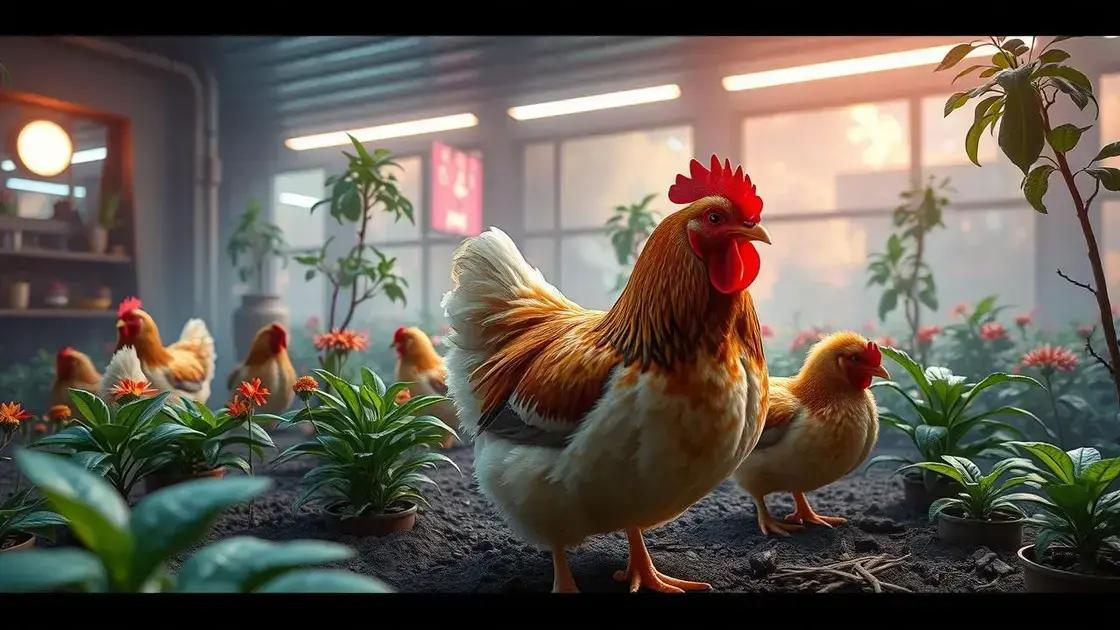How to Take Care of Hens and Chick Plants Indoors: 5 Essential Tips
How to take care of hens and chick plants indoors can open up a world of greenery in your home. Imagine vibrant, resilient plants thriving on your windowsill, bringing life and color to your space. Understanding the specific care requirements of these unique succulents helps ensure their growth and beauty. Dive into the essentials of light, watering, and maintenance to keep your indoor garden flourishing.
Table of Contents
ToggleKey factors for caring for hens and chicks indoors
How to take care of hens and chick plants indoors begins with understanding their unique needs for optimal growth and health. These hardy succulents require specific care to thrive in indoor environments. Here, we will explore key factors that contribute to their well-being.
Light requirements for hens and chicks
Hens and chicks need plenty of sunlight to flourish. Here are some guidelines:
- Place them in a location where they can receive at least 6 hours of indirect sunlight daily.
- If natural light is insufficient, consider using grow lights to supplement their light requirements.
Watering techniques for indoor succulents
Proper watering is crucial for preventing overwatering, which can lead to root rot. Follow these steps:
- Allow the soil to dry completely between waterings.
- Water deeply, ensuring that excess water drains away.
- Monitor humidity levels; succulents prefer drier conditions.
Soil types for optimal growth
Hens and chicks thrive in well-draining soil. The right soil mix assists in maintaining the ideal moisture balance.
- Use a cactus or succulent potting mix, which facilitates drainage.
- You can create your own mix by combining regular potting soil with sand or perlite.
For more comprehensive insights, consider exploring indoor gardening techniques that will help your plants flourish.
Optimal light and watering for indoor succulents

Optimal light and watering for indoor succulents are essential aspects of nurturing these unique plants. Proper light conditions and watering techniques can lead to vibrant and healthy hens and chicks.
Understanding light needs
Indoor succulents, including hens and chicks, thrive when they receive the appropriate amount of light.
- Place them in bright, indirect sunlight for best results.
- A south-facing window is ideal, but avoid direct harsh sunlight, which can scorch their leaves.
- If you notice the plant stretching or leaning, it may need more light.
Watering tips for success
Effective watering practices are vital for hens and chicks. Here are some practical steps to follow:
- Water deeply but infrequently, ensuring that the soil fully dries out between waterings.
- Check soil moisture with your finger; if it feels dry an inch down, it’s time to water.
- Use a well-draining potting mix to prevent excess moisture accumulation.
Signs of too little or too much water
Recognizing the symptoms of overwatering and underwatering can help maintain your indoor succulent’s health:
- Signs of too much water: Yellowing leaves and a squishy stem can indicate root rot.
- Signs of too little water: Wrinkled or shriveled leaves often signal dehydration.
For more tips on enhancing your indoor gardening skills, consider exploring indoor gardening techniques that will keep your plants thriving.
Common problems and solutions for indoor hens and chicks
Common problems and solutions for indoor hens and chicks can help you maintain the health of your plants. Even the heartiest succulents can face issues that affect their appearance and vitality.
Identifying pests affecting your succulents
Indoor hens and chicks may attract common pests that can cause damage. Here’s how to recognize and deal with them:
- Mealybugs: White, cotton-like masses on leaves. Remove them with a cotton swab dipped in alcohol.
- Spider mites: Tiny web-like structures and yellow spots on leaves. Increase humidity and wash off with water to eliminate them.
Dealing with overwatering issues
Overwatering is one of the most frequent problems for hens and chicks. Follow these steps to resolve this common issue:
- Check the roots for signs of rot, which often appear mushy or brown.
- Allow the plant to dry out completely and repot in fresh, dry soil if necessary.
- Establish a proper watering schedule by checking soil moisture regularly to prevent future problems.
Addressing environmental stressors
Environmental factors play a significant role in the health of indoor succulents. Consider the following:
- Maintain consistent light exposure to avoid stress; reposition plants if they are stretching or flopping due to lack of light.
- Watch for temperature fluctuations; ideal conditions range between 60-80°F (15-27°C).
If you want to dive deeper into plant care, consider exploring indoor gardening techniques that can enhance your gardening experience.
In conclusion
Caring for hens and chicks indoors can be a fulfilling and enjoyable experience. By understanding the optimal light and watering conditions, as well as troubleshooting common problems, you can ensure that your indoor succulents thrive. Remember to monitor your plants regularly and adjust their care based on their specific needs. For further insights and tips on enhancing your indoor garden, explore more resources to enrich your plant care journey.

